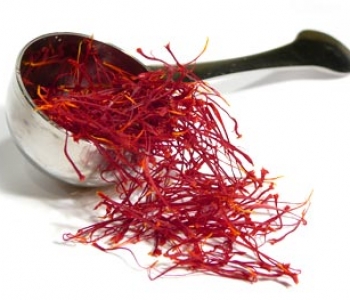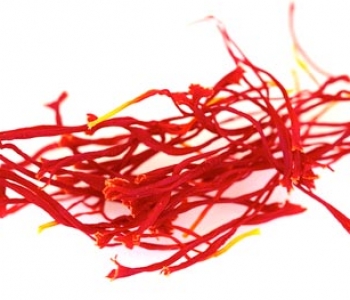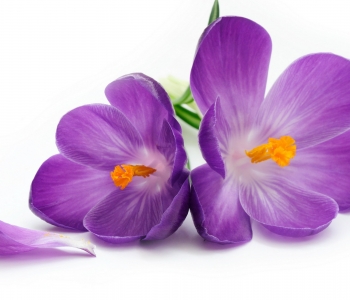Biomedical research
There is some evidence to suggest that saffron helps with major depressive disorder. Preclinical studies indicate that saffron may warrant additional study in the treatment of cancer. One study suggests that saffron may help relieve the symptoms of premenstrual syndrome.
The documented history of saffron cultivation spans more than three millennia. The wild precursor of domesticated saffron crocus was Crocus cartwrightianus. Human cultivators bred wild specimens by selecting for unusually long stigmas; thus, a sterile mutant form of C. cartwrightianus, C. sativus, likely emerged in late Bronze Age Crete.
Usages
Crushed saffron threads are soaked in hot—but not boiling—water for several minutes prior to use in cuisine. This helps release the beneficial components.
Saffron’s aroma is often described by connoisseurs as reminiscent of metallic honey with grassy or hay-like notes, while its taste has also been noted as hay-like and sweet. Saffron also contributes a luminous yellow-orange colouring to foods. Saffron is widely used in Persian, Indian, European, Arab, and Turkish cuisines. Confectioneries and liquors also often include saffron. Common saffron substitutes include safflower, annatto, and turmeric.Saffron has also been used as a fabric dye, particularly in China and India, and in perfumery. It is used for religious purposes in India, and is widely used in cooking in many cuisines, ranging from the Milanese risotto of Italy, the paella of Spain, the bouillabaisse of France, to the biryani with various meat accompaniments in South Asia. One of the most esteemed use for saffron is in the preparation of the Golden Ham, a precious dry-cured ham made with saffron from San Gimignano.
Saffron has a long history of use in traditional medicine.



